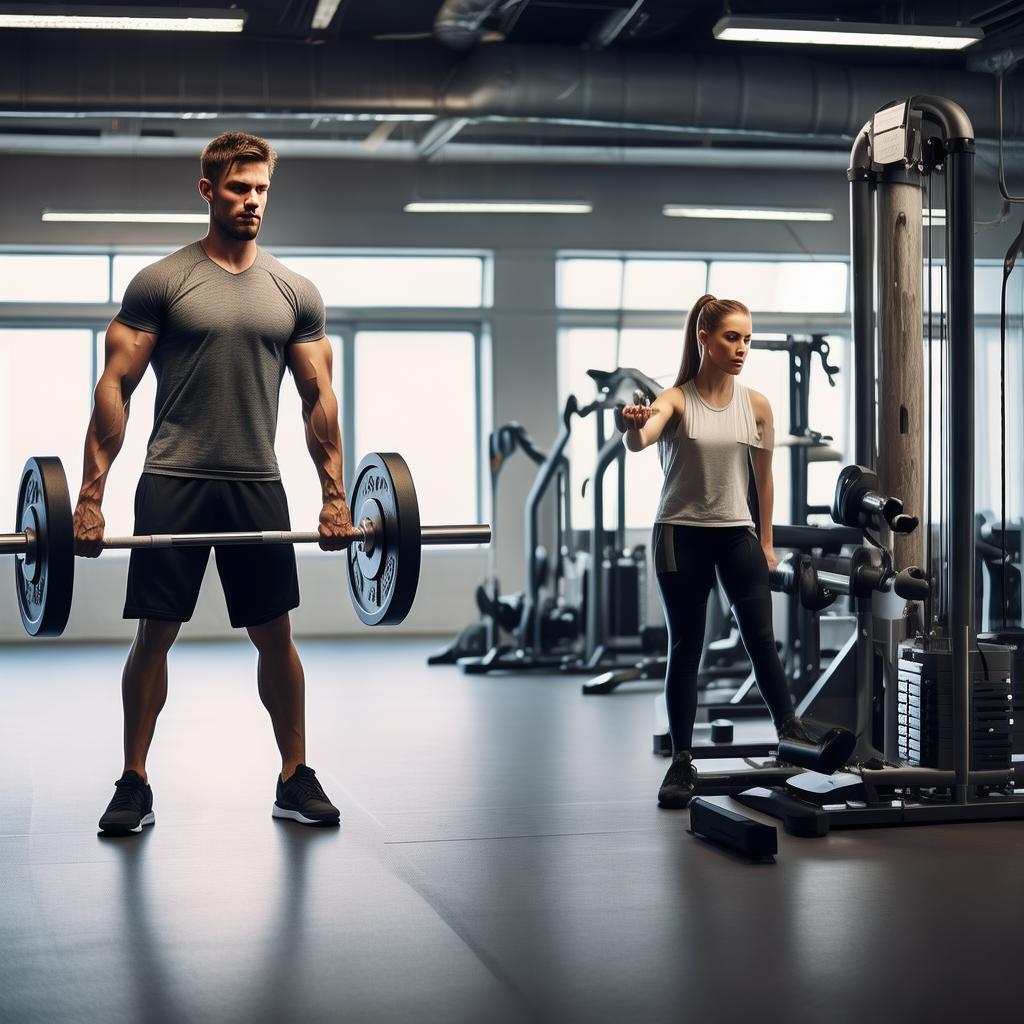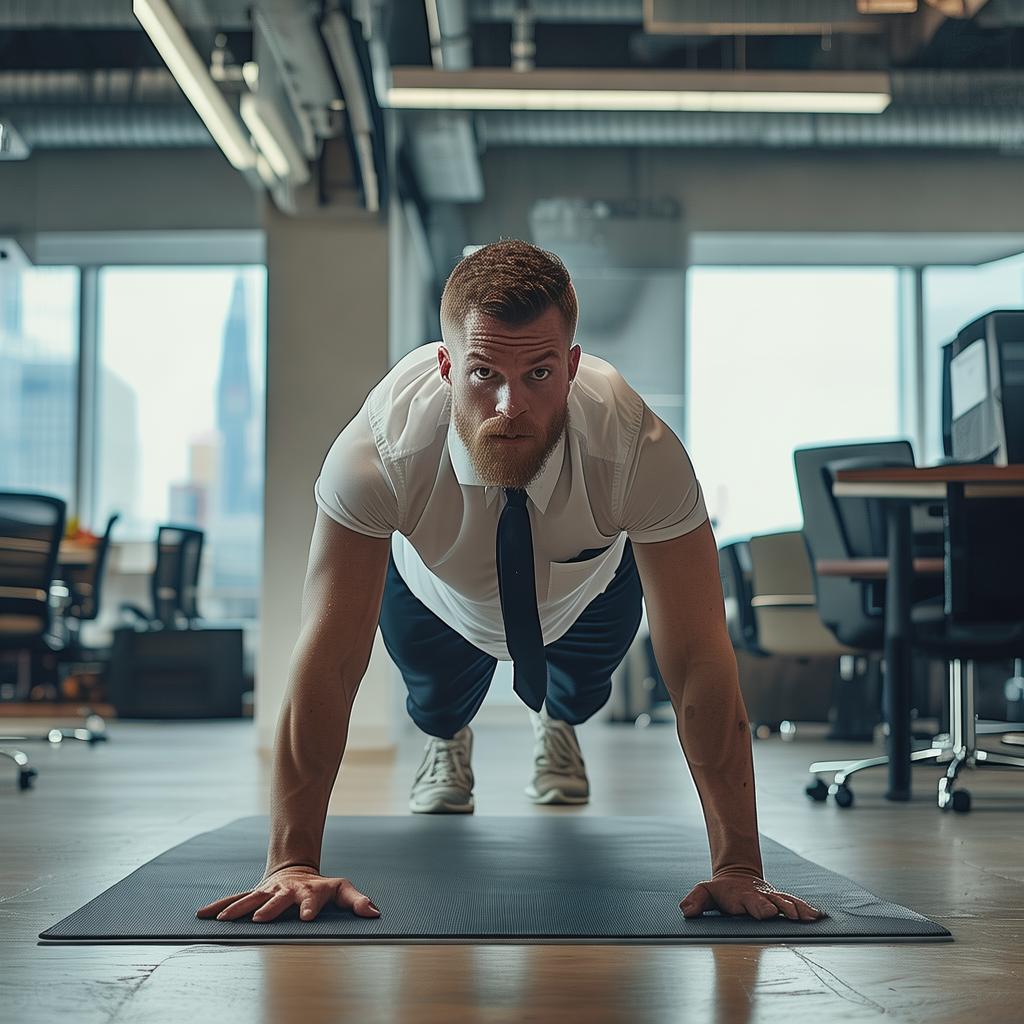The Significance of Freestyle Swimming
For swimming enthusiasts, it’s well – known that freestyle involves arm strokes, leg actions, and hip movements. Among them, the foot – beating action plays a crucial role in freestyle. Mastering it can boost your swimming speed and elevate your swimming level. But are you performing the foot – beating action correctly? Let’s explore the world of foot – beating and understand its benefits for swimming.
The Role of the Foot – Beating Action in Freestyle Training
The foot – beating action and the arm – stroking action in freestyle work in coordination. The foot – beating helps to propel the arms forward, and with this force, the body moves forward. It also maintains the body’s balance and reduces the water resistance during forward movement.
Correct Training for Foot – Beating
Freestyle foot – beating has two types of actions. When the thighs drive the calves to swing upward for the upward foot – beating, the calves and ankles should be relaxed. When the thighs swing to be almost parallel to the water surface, they stop moving upward and start to press the water downward. The calves and feet, due to inertia, continue to swing upward, bending the knee joints to an angle of 140 – 160 degrees for the downward foot – beating. The knee joints should remain relaxed. During the downward movement of the calves and feet, the knees are completely straightened, thus completing a full downward foot – beating action.
How to Practice the Foot – Beating Action
First, there is the prone water exercise. Lie prone on the water, hold the edge of the pool with your hands to keep your body floating horizontally on the water surface. You can keep your legs straight or bent and perform straight – leg or bent – leg foot – beating training.
Second, the back – lying exercise. Lie on your back and let a partner hold your back to ensure your knees do not leave the water and your legs alternate in movement. During this exercise, keep your arms together and straight, place your head between your arms, adjust your breathing, and keep your feet in the water.
Finally, the board – holding exercise. Float on the water with your body, relax your arms and support them on the board – holding device. Let your shoulders enter the water and keep your arms straight. Apply moderate hand strength, not too much pressure on the board – holding. Breathe naturally, and then let your legs naturally perform the foot – beating action.
When performing the foot – beating action, pay attention that when hitting the water up and down, keep the backs of your feet naturally straight, relax the leg muscles and ankle joints. Keep your feet close to the water surface or slightly exposed, but not too much out of the water. Otherwise, the body will lose some water buoyancy, tend to sink, increase water resistance to the body, and hinder swimming speed and the improvement of swimming quality.





